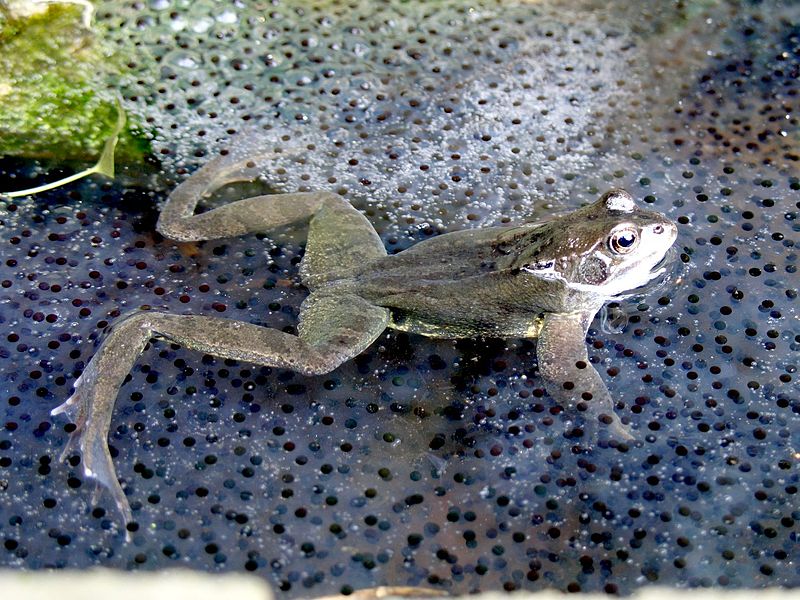Asexual and Sexual Reproduction
7. Sexual Reproduction and Life Cycles
Sexual Reproduction and Life Cycles

Sexual reproduction occurs in a cycle. Diploid parents produce haploid gametes that unite and develop into diploid adults, which repeat the cycle. This series of life stages and events that a sexually reproducing organism goes through is called its life cycle. Sexually reproducing organisms can have different types of life cycles. Three are represented in Figure below and described following sections.
Life cycles can vary in sexually reproducing organisms. Three types of sexual life cycles are shown here. Do you see how they differ? The letter indicates haploid stages of the life cycles, and indicates diploid stages.
Haploid Life Cycle
The haploid life cycle is the simplest life cycle. It is found in many single-celled organisms. Organisms with a haploid life cycle spend the majority of their lives as haploid gametes. When the haploid gametes fuse, they form a diploid zygote. It quickly undergoes meiosis to produce more haploid gametes that repeat the life cycle.
Diploid Life Cycle
Organisms with a diploid life cycle spend the majority of their lives as diploid adults. When they are ready to reproduce, they undergo meiosis and produce haploid gametes. Gametes then unite in fertilization and form a diploid zygote. The zygote develops into a diploid adult that repeats the life cycle. Can you think of an organism with a diploid life cycle? (Hint: What type of life cycle do humans have?)
Alternation of Generations
Organisms that have a life cycle with alternating generations switch back and forth between diploid and haploid stages. Organisms with this type of life cycle include plants, algae, and some protists. These life cycles may be quite complicated. You can read about them in later chapters.
CK-12 Foundation, Biology. http://creativecommons.org/licenses/by-nc-sa/3.0/